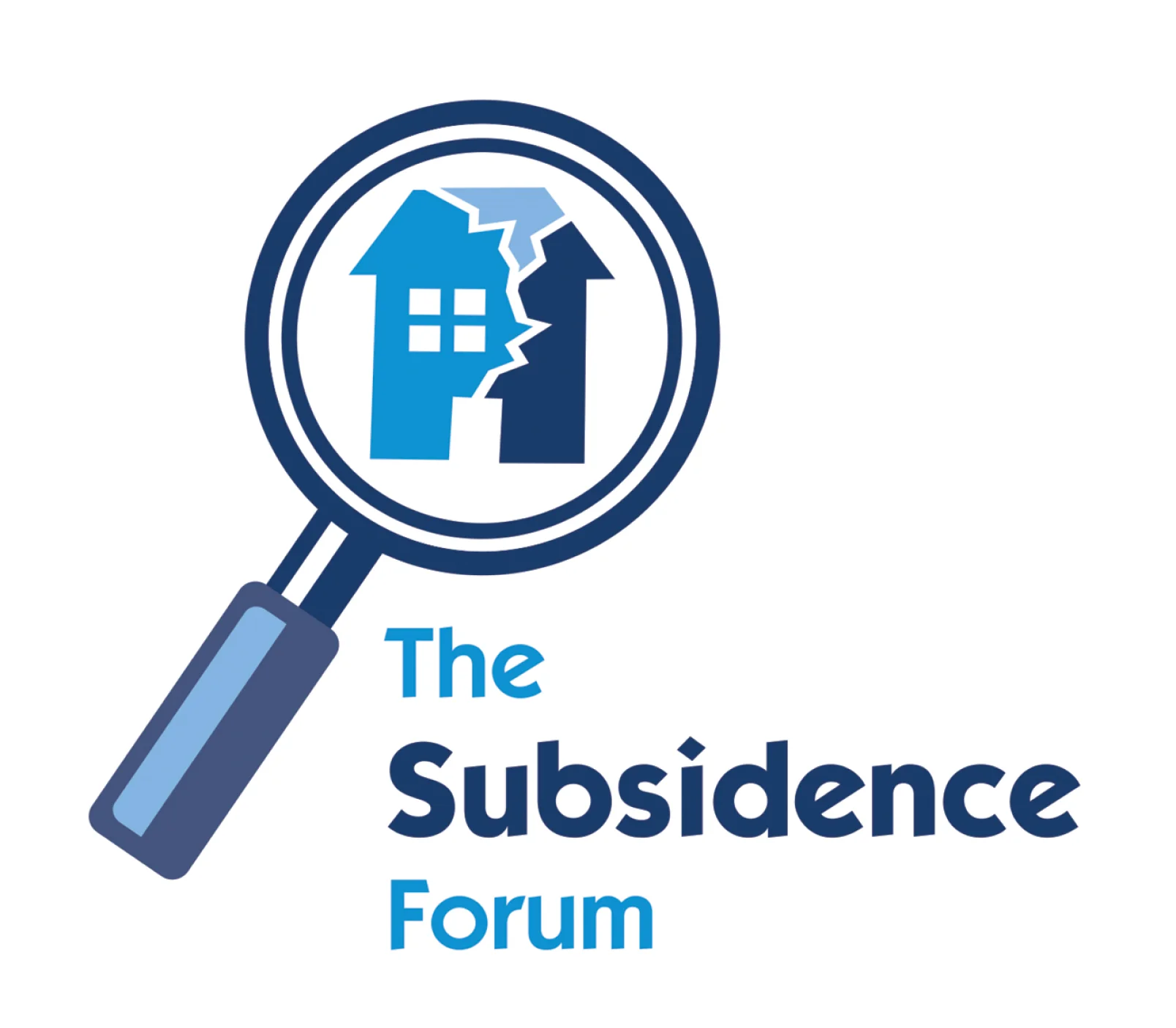What is Subsidence: Causes, Effects, and Solutions

What is subsidence?
Subsidence is the gradual sinking or settling of the ground surface with changes in temperature and moisture. This can happen naturally over time, or it can be caused by us.
There are two main types of subsidence: natural and man-made.
•Natural subsidence happens when the ground slowly settles due to changes in temperature and moisture. This is a gradual process that happens over time.
• Man-made subsidence, on the other hand, is caused by humans. This can happen when we build structures on the ground or extract minerals from the earth.
Subsidence can have different effects depending on its cause. For example, natural subsidence often leads to changes in the landscape, such as the formation of sinkholes. Man-made subsidence can cause damage to buildings and infrastructure.
Subsidence cracks & How to Spot?
Subsidence cracks are one of the most common types of damage that can occur to a property.
The most common indication of subsidence is the formation of cracks in your home's walls, whether they're in the internal plasterwork or external masonry. Subsidence cracks are easy to spot, as they look distinct from other fractures. They typically appear suddenly, especially after extended periods of dry weather.
If you are concerned that you have a subsidence issue, there are a few things that you should check.
•First, look for cracks in your walls, floors, or ceilings(Thicker than a 10 pence coin).
•You should also check for doors and windows that are hard to open or close.
This could be a sign that your house is shifting on its foundation.
If you see any of these signs, it's important to get professional help right away. A structural engineer can assess the damage and recommend the best course of action. Don't wait to get help - the sooner you do, the less damage your home or property will sustain.
If there is a crack, it does not always indicate subsidence. Many houses have cracks from time to time, but this is generally due to settling or thermal expansion and contraction. If the crack is wider at the top than the bottom, or if it steps vertically, this is more likely to be caused by subsidence.
The most common causes of cracks could include:
•Buildings naturally shrink and expand in response to temperature and humidity changes, resulting in small cracks where walls and ceilings come into contact.
•Cracks can develop in new houses and recent extension construction as the buildings settle under their own weight.
•Freshly plastered walls may develop minor cracks as they dry out. Cracks caused by these reasons are generally uniform in width, narrow (hairline to 4mm), and may be addressed during regular maintenance.
How to fix structural damage?
Structural damage is when something changes the way the building or structure looks.
There are a few ways to go about repairing structural damage caused by subsidence.
1. The first is to underpin the foundation of your home with concrete piers. This will provide extra support to the foundation and stop it from sinking further into the ground.
2. The second method is to use steel beams or plates to reinforce the foundation. This will stop the foundation from moving and prevent any further damage.
3. The third method is to raise the home and put support underneath it. This will stop the damage from getting worse and allow you to repair the foundation.
Whichever method you choose, it is important to get professional help to make sure the repairs are done correctly.
Financial Implications of Subsidence
Besides these expenses the repair costs can become costly when subsidence is not resolved. The structural damage to the building, the wiring and pipework may cost an immense amount. This is not to mention the financial implications if you are unable to live in your home during repairs. The mortgage company may also request that a Subsidence Risk Report is carried out which can cost a few hundred pounds.
It's important to know that most home insurance policies will not cover against subsidence and so it's important to be aware of the risks. Some companies will offer specialist subsidence insurance but this can be expensive.
Question & Answers related to subsidence
Here we'll answer some of the most frequently asked questions about subsidence.
Question: Can you live in a house while it is being underpinned?
Answer: The short answer to this question is yes, you can live in your house while it is being underpinned. However, there are a few things you should keep in mind. First, the process of underpinning can be quite noisy, so you may want to make arrangements to stay elsewhere during the work. Second, there will be workers coming and going from your property, so you should make sure that you are comfortable with this. Finally, the work can take some time to complete, so you should be prepared for this.
Question: Does underpinning devalue property?
Answer: Underpinning does not devalue your property. It can add to the resale value of your home, as it demonstrates that you have taken proactive measures to address any subsidence issues.
If you are planning on selling your home, it is worth disclosing any underpinning work.
Question: How long does underpinning last?
Answer: Most underpinning projects will last for the duration of the building’s life. However, several factors can affect the lifespan of underpinning, such as:
•The type of foundation that is being used
•The depth of the foundation
•The load-bearing capacity of the soil
•The climate conditions in the area
If you are concerned about the longevity of your underpinning, it is best to speak to a professional. We will be able to assess the situation and give you an accurate estimate of how long your repairs will last.
Question: How much does subsidence devalue a property?
Answer: The price of your home is likely to decrease if it suffers from subsidence damage. The cost of repairs can also be high, so it's important to get the problem fixed as soon as possible.
Question: How long do you have to declare subsidence?
Answer: If you have noticed cracks appearing in your walls or doors no longer shutting properly, then your home may be suffering from subsidence. Subsidence is when the ground beneath your property starts to sink, causing cracks and damage to your home.
Question: How does subsidence affect property value?
Answer: Subsidence can have a significant effect on the value of your property. In some cases, it can reduce the value by up to 30%.
There are many reasons why this may be the case.
First, subsidence can cause structural damage to your property. This can make it difficult or even impossible to sell your property.
Secondly, subsidence can also make your property more difficult to insure. This is because insurers will view your property as being at a higher risk of damage.
Question: How common is subsidence?
Answer: Subsidence is a very common problem. It is estimated that one in five properties in the UK are affected by subsidence to some degree. There are many reasons why subsidence can occur, but the most common cause is tree roots growing underneath your property and damaging the foundations.
Question: Is subsidence dangerous?
Answer: Subsidence can be a danger to buildings and the people inside them. In some cases, subsidence can cause a building to collapse. In other situations, subsidence can cause cracks to form in a building's foundation or walls. If these cracks are not repaired, they can allow water to enter the building, which can lead to mould growth and structural damage. Subsidence can also cause doors and windows to become misaligned, making it difficult to open or close them.
Question: How many years do you have to declare subsidence?
Answer: There is no set time period that you have to declare subsidence. However, it is important to act quickly if you think your home may be affected. The sooner you can identify the problem, the easier it will be to find a solution.
Question: How to prevent land subsidence?
Answer: Preventing land subsidence is essential to protecting your property. There are a number of things you can do to help prevent subsidence, including:
•Ensuring that your property is well-drained
•Avoiding excessive groundwater extraction
•Planting trees and shrubs to help stabilise the soil beneath
•Avoiding construction on steep slopes
If you suspect that your property is already experiencing subsidence, it's important to act quickly.
Question: Is structural movement the same as subsidence?
Answer: Structural movement and subsidence are not the same thing.
Subsidence is defined as "the gradual settling or sinking of an area of land"
while structural movement is "any change in the shape or size of a structure".
Question: Do I have to declare subsidence when selling?
Answer: The grey areas have become quite crowded. Although the potential buyer must always know the major problems you are addressing, it is not mandatory. It's certainly wrong and not recommended, however, it can effectively prevent you from telling an owner about subsidies without causing any legal troubles.
If you're unsure whether your concern pertains to subsidence or anything else, you may be sued for misrepresentation. In these cases, honesty is the best policy.
Question: What are the signs of subsidence?
Answer: Cracks in an underlying subsurface are not only a sign that there's a subsurface issue.
Look out for doors or windows that stick because these might cause frames to warp on sinks. Keep an eye out for scratches on walls and floors. Alternatively there can be holes where extensions are connected to one's main home.
Accreditation


